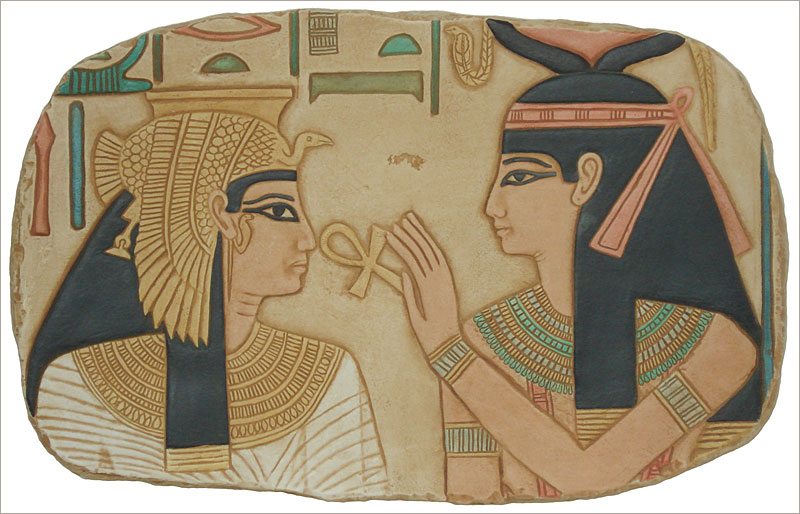

From objects belonging to the king and housed in the temple to the tools of daily life used by artists and nobles to ritual objects concerning death and the afterlife, the treasures collected here are a testament to the rich, vibrant, and captivating culture of the ancient Egyptians. Presented here are a wide variety of objects - sculpture, relief, papyri, ostraca, jewelry, cosmetic objects, and funerary items - in a variety of media, including stone, wood, terra cotta, ivory, gold, glass, and papyrus, each categorized according to its use in ancient culture. and cover each of the four periods into which ancient Egyptian history is divided: Old Kingdom, Middle Kingdom, New Kingdom, and the Late Period.
#TRASH AND TREASURE TEMPLES AND TOMBS CU FULL#
The eighty-five objects featured within these pages span a full range of pharaonic history - from shortly before the First Dynasty, about 3100 B.C., to the Roman occupation of the fourth century A.D. In "Temples and Tombs", readers are presented with a rare opportunity to glimpse the collection's renowned masterpieces and treasures little known outside the museum walls. The ceiling is intricately painted with fantastic azure-and-gold images of the sky goddess Nut (Hathor’s mother) swallowing. (The temple is also spelled as Dendera Temple.) Hathor is the cow-headed Egyptian goddess of love, happiness, motherhood and healing. The British Museum possesses one of the world's foremost collections of Egyptian antiquities. and 60 A.D., the Denderah Temple was dedicated to Hathor. Statues of Egyptians from temples and tombs.Objects from the lives of artists and nobles.The history of the Egyptian collections in the British Museum.Bibliography Includes bibliographical references and index.


 0 kommentar(er)
0 kommentar(er)
